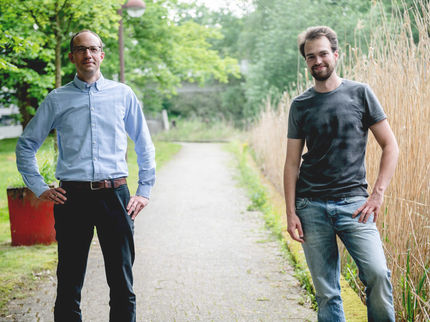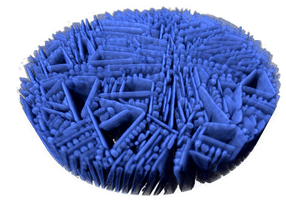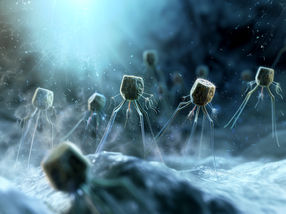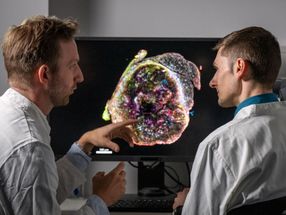The earliest animals had human-like genes
Species evolve at very different rates, and the evolutionary line that produced humans seems to be among the slowest. The result, according to a new study by scientists at the European Molecular biology Laboratory [EMBL], is that our species has retained characteristics of a very ancient ancestor that have been lost in more quickly-evolving animals. This overturns a commonly-held view of the nature of genes in the first animals. The work appears in the current issue of the journal Science.
Genes hold the recipes for proteins. The genes of animals usually contain extra bits of DNA sequence, called introns - information which has to be removed as cells create new molecules. The number of introns in genes, however, varies greatly among animals. While humans have many introns in their genes, common animal models such as flies have fewer. From an evolutionary perspective, it was long assumed that the simpler fly genes would be more ancient. The current study reveals the opposite: early animals already had a lot of introns, and quickly-evolving species like insects have lost most of them.
To discover what early animals were like, scientists usually compare their descendents. This is difficult when comparing distantly-related animals such as humans and flies. In these cases, it helps to look at living organisms that have preserved many features of their ancestors. Detlev Arendt's group is doing this with a small marine worm called Platynereis dumerlii. DNA sequencing permits scientists to make comparisons of the genetic code and read evolutionary history from it. An international consortium involving researchers from EMBL, the UK, France and the United States has now sequenced a part of the Platynereis genome. "The fraction of Platynereis genes we have been able to look at tells a very clear story," says researcher Florian Raible, who performed most of the computer analyses. "The worm's genes are very similar to human genes. That's a much different picture than we've seen from the quickly-evolving species that have been studied so far."
Not only are the introns there - the team also discovered that their positions within genes have been preserved over the last half a billion years. "This gives us two independent measurements that tell the same story," Raible explains. "Most introns are very old, and they haven't changed very much in slowly-evolving branches of life, such as vertebrates or annelid worms. This makes vertebrates into something like 'living fossils' in their own right."
The discovery that Platynereis also represents a slowlyevolving branch of animal life has important implications for the study of humans. "We've already learned an incredible amount about humans from studies of the fly," Arendt says. "The marine worm might well give us an even better look at important conserved processes. Another thing that this has shown us is that evolution is not always about gain; the loss of complexity can equally be an important player in evolution."
Source article: F. Raible, K. Tessmar-Raible, K. Osoegawa, P. Wincker, C. Jubin, G. Balavoine, D. Ferrier, V. Benes, P. de Jong, J. Weissenbach, P. Bork, D. Arendt; "Vertebrate-type intron-rich genes in the marine annelid Platynereis dumerilii"; Science 2005.
Most read news
Organizations
Other news from the department science

Get the life science industry in your inbox
From now on, don't miss a thing: Our newsletter for biotechnology, pharma and life sciences brings you up to date every Tuesday and Thursday. The latest industry news, product highlights and innovations - compact and easy to understand in your inbox. Researched by us so you don't have to.























































